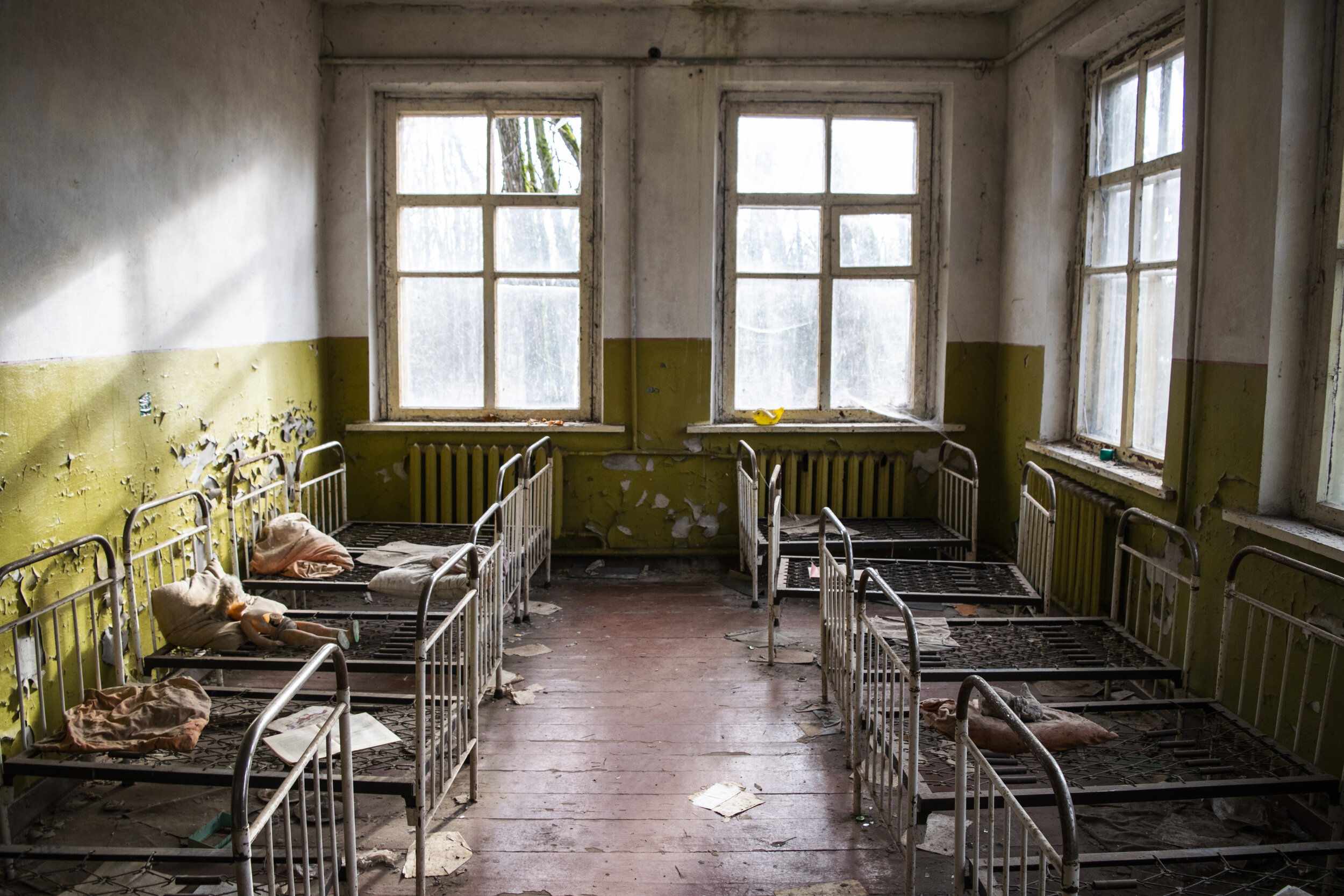
Anthropology
Charlie Maw
Faroe Islanders have hunted and consumed pilot whales for the last millennia. Hunting whale has always been an important backbone of the national identity and community spirt. A food source for which the Faroese must be truly indebted in times of survival and oppression. However, since the industrial revolution, the globalised world has slowly polluted their marine environment. Harmful contaminates, such as mercury, have bio-accumulated up the marine food chain. Now, the very same poisons which harm the whales, now threaten the Islanders eating them. Pilot whale meat and blubber is ‘no longer fit for human consumption’, but 70% of the nation still consume this toxic cultural delicacy. Time, education and cultural respect is now required from the international community. The mercury pollution remains the biggest factor in ending the whale hunt and past environmental activism has only failed the whales in the Faroe Islands. A new approach is essential if we are to see the end of this historic hunt and the risk of a human health crisis in the next generation.
Jack Merrill
A Tail in Theatre captures the stressful and high pace environment of a veterinary surgery in moments where time stands still. Where all that matters in the world in this instant is this one animal. From when someone’s beloved pet first enters the room right up until they wake up, their are lives forever changed in ways incomprehensible to these furry friends.
Phoebe Gerrard
Cabin Fever is a project which consists of portraits of family members I have been in quarantine with. The aim of this project was to capture raw, close up shots that show emotion, character and feelings during this pandemic - those feelings often relating to the term Cabin Fever. The result is a body of work that is diverse and compelling because each had a different way of expressing their feelings in front of the camera.
Tom Critchley
Calm Before the Storm focuses on the traditional cod fishing industry of the Lofoten Islands in Northern Norway. During the early winter months, the towns are quiet as the cod are in the far north of the Barents Sea, with only a few local fishermen drying herring in the Arctic air. The islands are in hibernation, making it through the harsh winter before they come alive with the arrival of the ‘skrei’.
Bianca
Dragnescu
Humans-Spirits of Nature stands to show the bond between humans and nature. This is done by having them as two equal subjects in the images rather than using one as a background for the other. It involves photographs of humans in natural environments, and it ranges from closer details to wide angles. The idea behind this project is to put this connection in the spotlight as the two subjects are too often separated. Besides, it stands to show that people are part of the natural world and are in no way parallel to it as they are often portrayed to be.
Becky Baker
Chocolarder makes chocolate from bean to bar using machines older than our grandparents. They produce high quality chocolate through some methods not used in mass scale production anymore. Knowing the art and science of chocolate making is key to any good bar.
Erin O’Reilly
Captive includes a selection of photographs looking into positive forms of captivity. It looks at sanctuaries, community and family run dairy farms and stables.




























